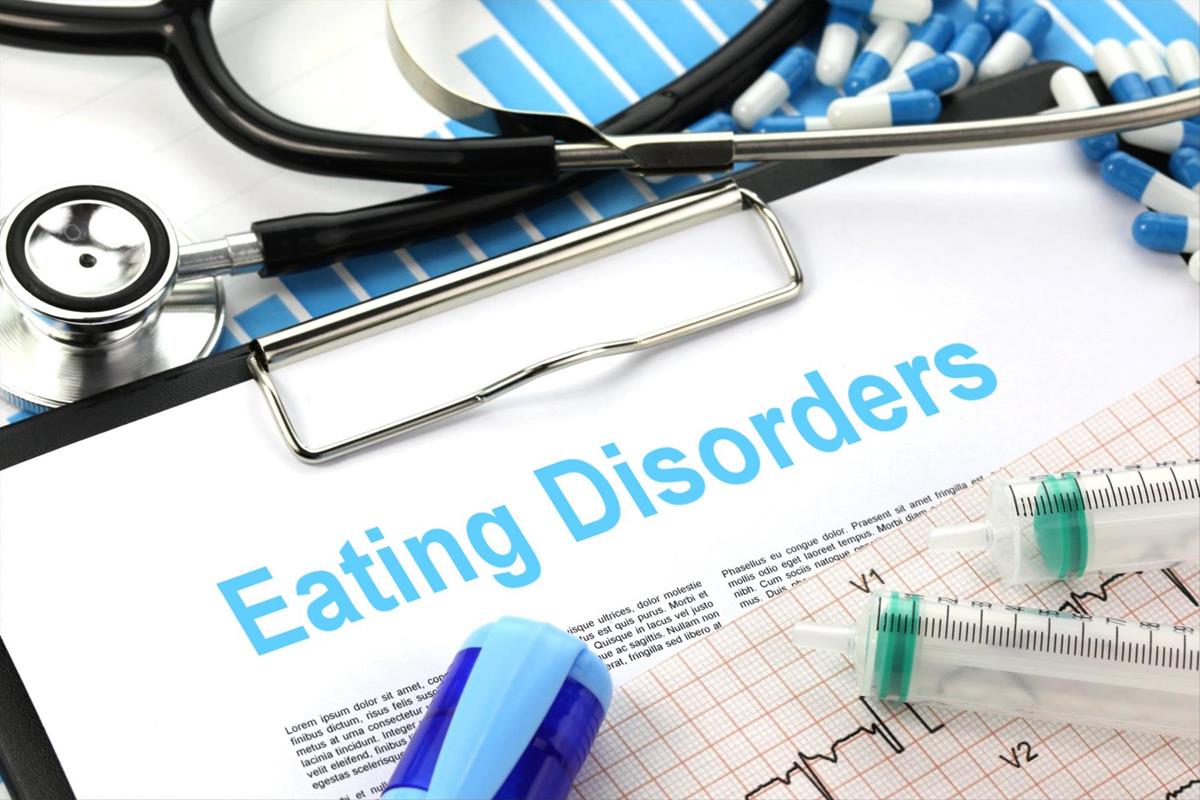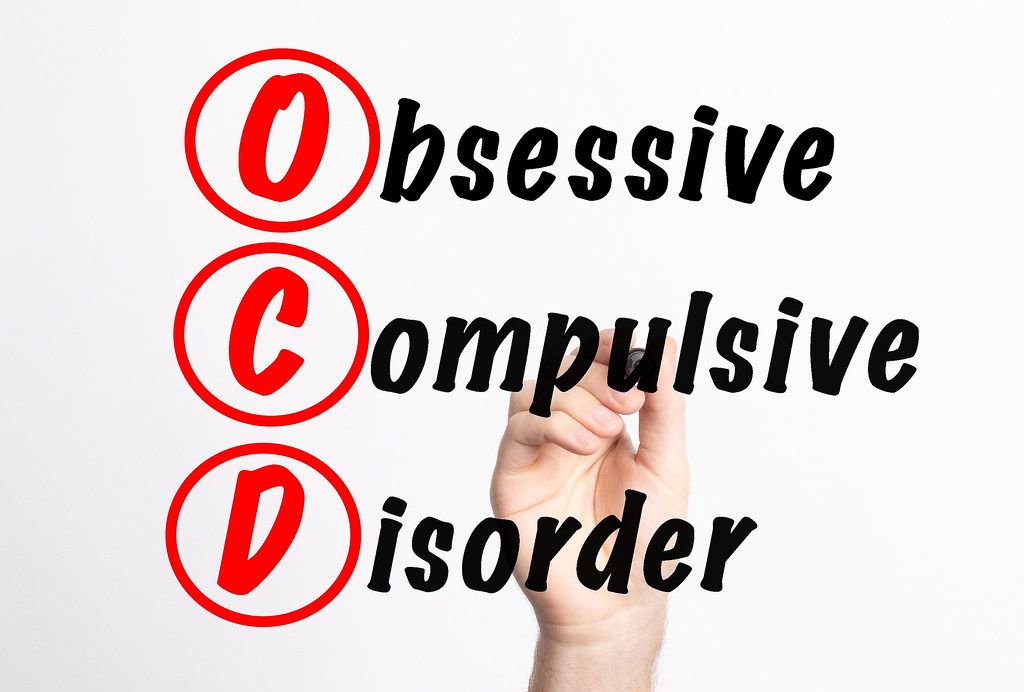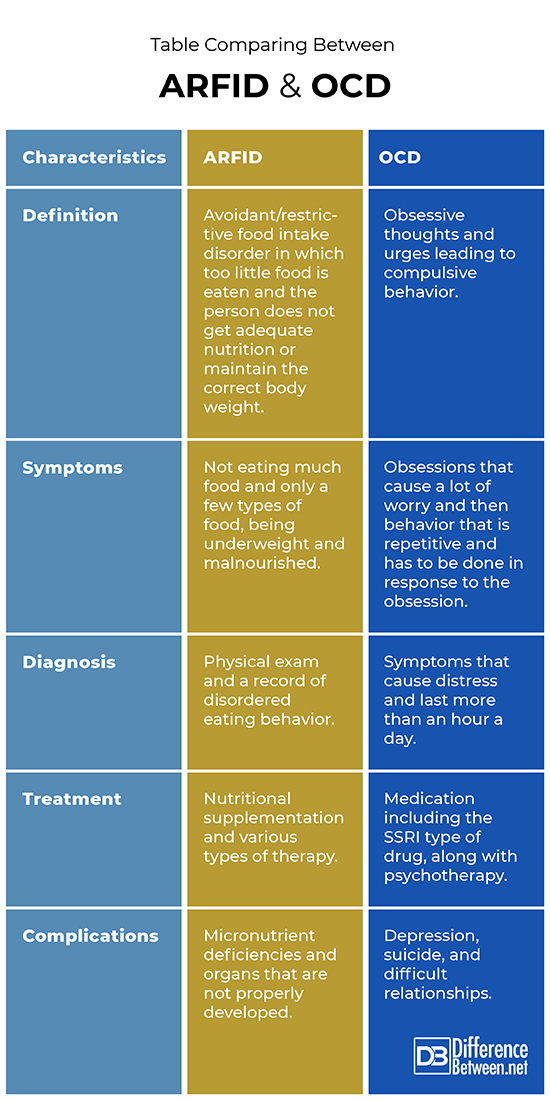Difference Between ARFID and OCD
ARFID is a disorder to do with food intake where people eat only a little bit of food. OCD is a disorder in which a person has both obsessions causing anxiety and compulsions to overcome the anxiety.

What is ARFID?
Definition:
ARFID stands for avoidant/restrictive food intake disorder. It is a condition in which a person eats tiny quantities of food resulting in issues of lack of nutrition and low weight for age.
Symptoms:
Individuals with ARFID do not try new foods or experiment with new tastes but rather limit their choices to only a very few types of food. The person with the condition usually does not show interest in eating and does not seem to have much of an appetite. Eating time is filled with anxiety and worry for the child with ARFID, although not because they fear gaining weight.
Causes and complications:
There is speculation over the exact reason people develop ARFID but in some situations it seems it could be due to autism where people struggle with the sensory aspects of eating food of specific textures and colors. Besides fussiness in eating, children with ARFID are below average weight for their age and may show complications such as bradycardia, mineral and vitamin deficiencies and girls may not menstruate at puberty. Deterioration of organs can result as a complication of ARFID.
Diagnosis and risk factors:
A clinical exam and a report of the feeding behavior of the person leads to diagnosis. One clue is that the individual is fussy but is also underweight for their age. Anxiety problems and autism are known risk factors for the development of ARFID.
Treatment:
Certain medication used to treat anxiety can help and different types of therapy may also help the person overcome ARFID. Malnourished people may need to be given supplemental nutrition to overcome dangerous deficiencies and so that they can gain weight.

What is OCD?
Definition:
OCD is obsessive-compulsive disorder in which a person has continual thoughts and urges that won’t stop, causing them to feel compelled to act in a particular, and often, repetitive way.
Symptoms:
Symptoms of OCD often cause the person to feel a lot of distress and extreme anxiety. The first component of the disorder are the obsessions. These can be images in the mind, intrusive thoughts or even urges. The person then feels compelled to do something about the obsession, which can lead to extreme repetitive behaviors. The compulsive behavior has to be done by the individual in order to alleviate their anxiety caused by the obsession.
Causes and complications:
The cause of OCD seems to be a combination of both genetic factors, brain chemistry, and environmental factors. Children may learn odd behavior from watching a parent with OCD, causing them to adopt the pattern themselves. OCD can cause so much distress that people become depressed or suicidal, and it makes relationships difficult since some OCD people have very rigid ideas about how everything has to be done.
Diagnosis and risk factors:
To diagnose OCD, the symptoms have to impact the person’s life in a negative way and take up more than an hour a day. The obsessions and compulsions also cause a lot of personal distress and anxiety for the individual who cannot stop the troubling urges, thoughts, or behavior. Family history, stressful life events, and other mental illnesses seem to increase the risk of a person having OCD.
Treatment:
Medication may be needed to treat OCD; medicine that is used is normally one of the selective serotonin reuptake inhibitors (SSRIs). Psychotherapy may also be used for treating OCD and may be done in conjunction with medication.
Difference between ARFID and OCD
Definition
ARFID is when an individual has the condition in which too little food is taken in, causing problems with nutrition and weight. OCD is a disorder that has a combination of both obsessions and compulsions.
Symptoms
In the case of ARFID, symptoms include not eating much food and only a few types of food, being underweight, and malnourished. In the case of OCD, symptoms include obsessions that cause a lot of worry followed by behavior that is repetitive and has to be done in response to the obsession.
Diagnosis
ARFID can be diagnosed by a physical exam and a record of disordered eating behavior. OCD can be diagnosed by noting the typical symptoms and the fact that they occur for longer than one hour a day and cause distress for the person.
Treatment
The treatment of ARFID includes nutritional supplementation and various types of therapy. The treatment of OCD includes medication including the SSRIs and psychotherapy.
Complications
Complications of ARFID include micronutrient deficiencies and organs that are not properly developed. Complications of OCD include difficult relationships, depression and potentially suicide.
Table comparing between ARFID and OCD

Summary of between ARFID Vs. OCD
- Therapy can be helpful for both ARFID and OCD.
- ARFID and OCD both have aspects of anxiety associated with the disorder.
- ARFID is limited to behavior with food.
- OCD includes a range of different behaviors that are linked to intrusive compulsive urges and thoughts.
Other FAQ
What are the 4 types of OCD?
The 4 types of OCD include rumination/intrusive thoughts, checking, contamination, and symmetry/ordering.
Is ARFID a mental illness?
ARFID is classified in the DSM-5 book of mental disorders as a type of eating disorder.
What is the difference between OCD behavior and OCD?
OCD behavior is an action taken in response to some thought or urge, while OCD is the disorder that includes both the compulsions and behavioral acts.
Can you be OCD with food?
Some individuals with eating disorders do show OCD tendencies becoming obsessed over their body weight and feeling compelled to starve themselves or binge and purge.
What triggers OCD?
OCD can be triggered as a result of a very stressful life event.
What is the root cause of OCD?
The cause of OCD is believed to be a combination of genetic factors that are inherited along with environmental factors such as learned behavior.
- Difference Between Rumination and Regurgitation - June 13, 2024
- Difference Between Pyelectasis and Hydronephrosis - June 4, 2024
- Difference Between Cellulitis and Erysipelas - June 1, 2024
Search DifferenceBetween.net :
Leave a Response
References :
[0]Clemens, Roger. "ARFID: A New Eating Disorder Classification." Food technology 69.9(2015): 21-21.
[1]Phillips, Katharine A, and Dan J. Stein. “ Obsessive-Compulsive Disorder (OCD)” Merckmanuals. Merck & Co., 2020, https://www.msdmanuals.com/professional/psychiatric-disorders/obsessive-compulsive-and-related-disorders/obsessive-compulsive-disorder-ocd
[2]Thomas, Jennifer J., et al. "Avoidant/restrictive food intake disorder: a three-dimensional model of neurobiology with implications for etiology and treatment." Current psychiatry reports 19.8 (2017): 1-9.
[3]Image credit: https://live.staticflickr.com/65535/49723508176_aa17b87930_b.jpg
[4]Image credit: https://www.ifemdr.fr/wp-content/uploads/2021/01/dossier-emdr-et-tca.jpg
